Building the New Fraser River Tunnel
The Government of B.C. is moving ahead with the replacement of the George Massey Tunnel to make your travel faster and more reliable. The Fraser River Tunnel Project includes replacing the existing four-lane tunnel on Highway 99 with a new toll-free eight-lane tunnel to deliver more capacity and provide new options for walking and cycling. The following illustrations show how the new immersed tube tunnel will be built.
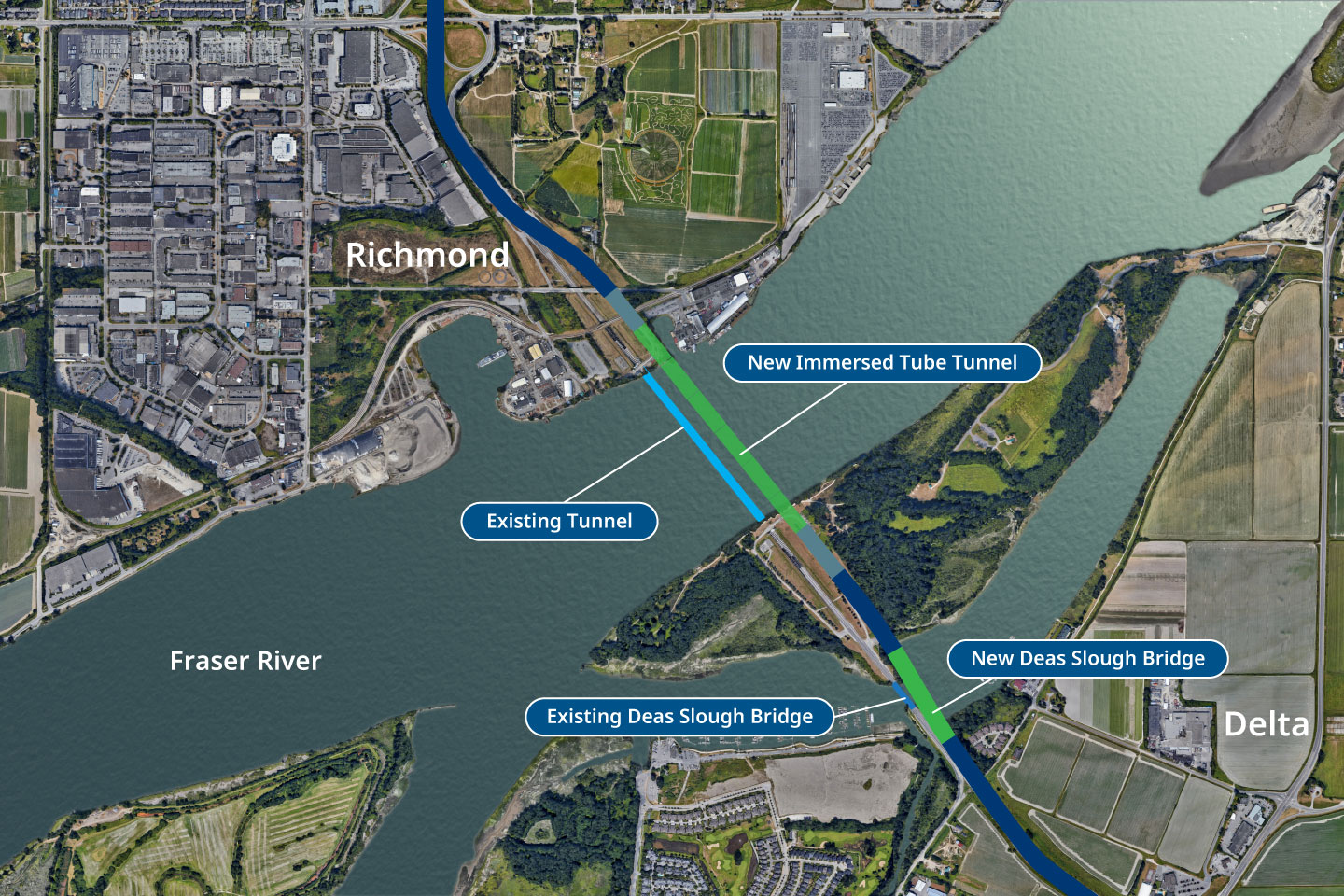
Location
The new eight-lane tunnel will be about 40 metres upstream of the existing tunnel, which will stay open until the new tunnel is ready.
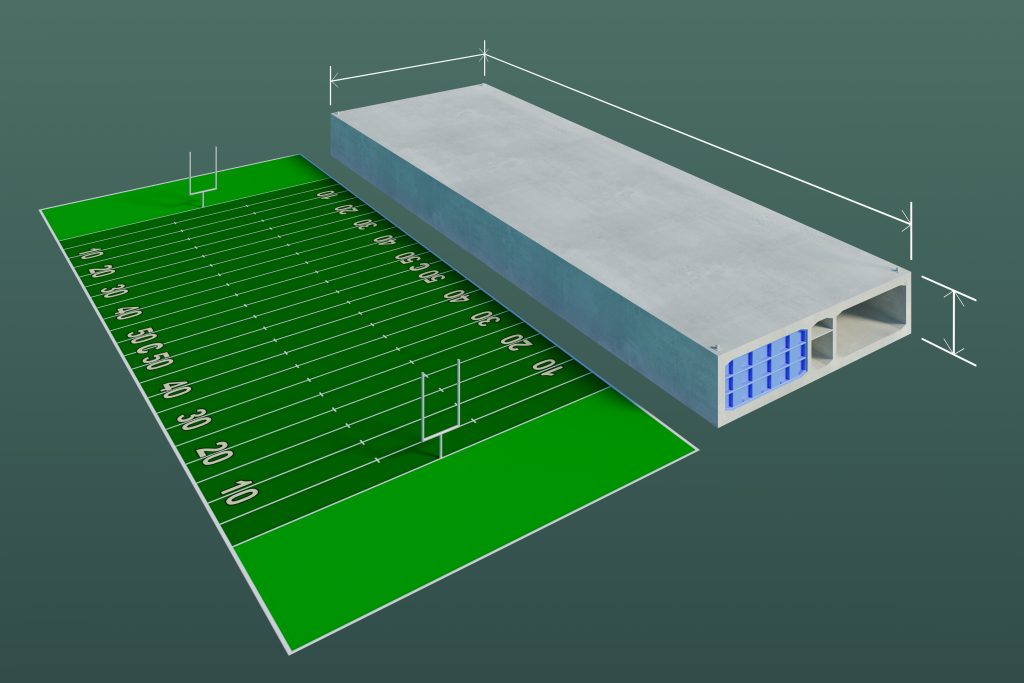
Scale
The new tunnel will be made of six tunnel elements. Each element will weigh approximately 60,000 tonnes and will be 130 x 45 metres or about the size of a football field.
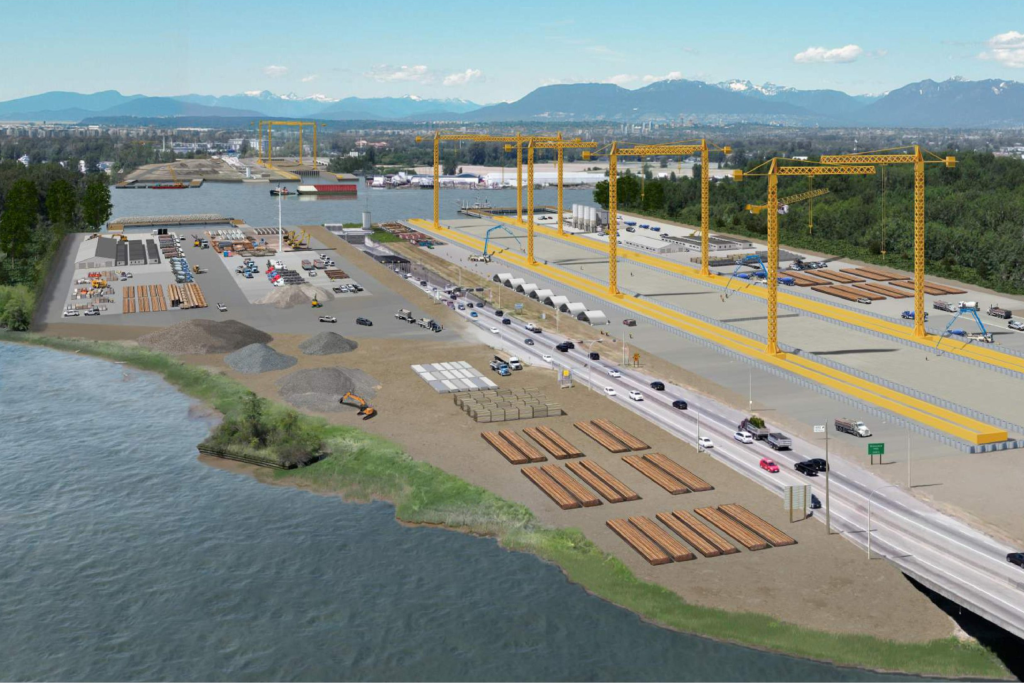
Step One
The tunnel elements will be made on Deas Island to promote efficiency and reduce construction traffic in the region.
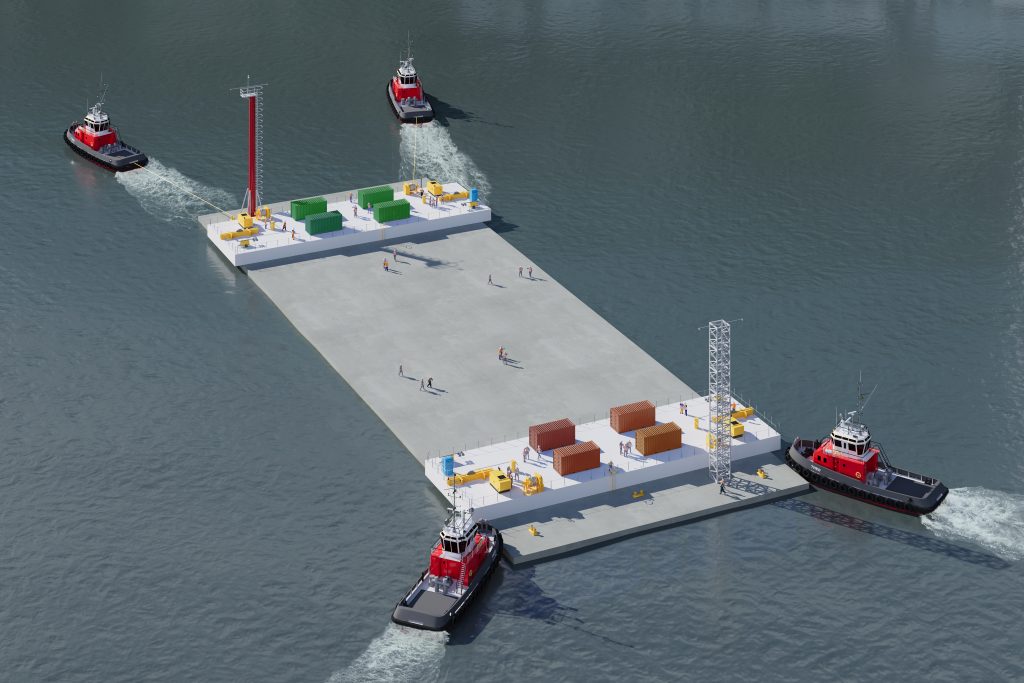
Step Two
The tunnel elements will be stored until the riverbed is ready for them, and when ready, tugboats will guide the element into position.
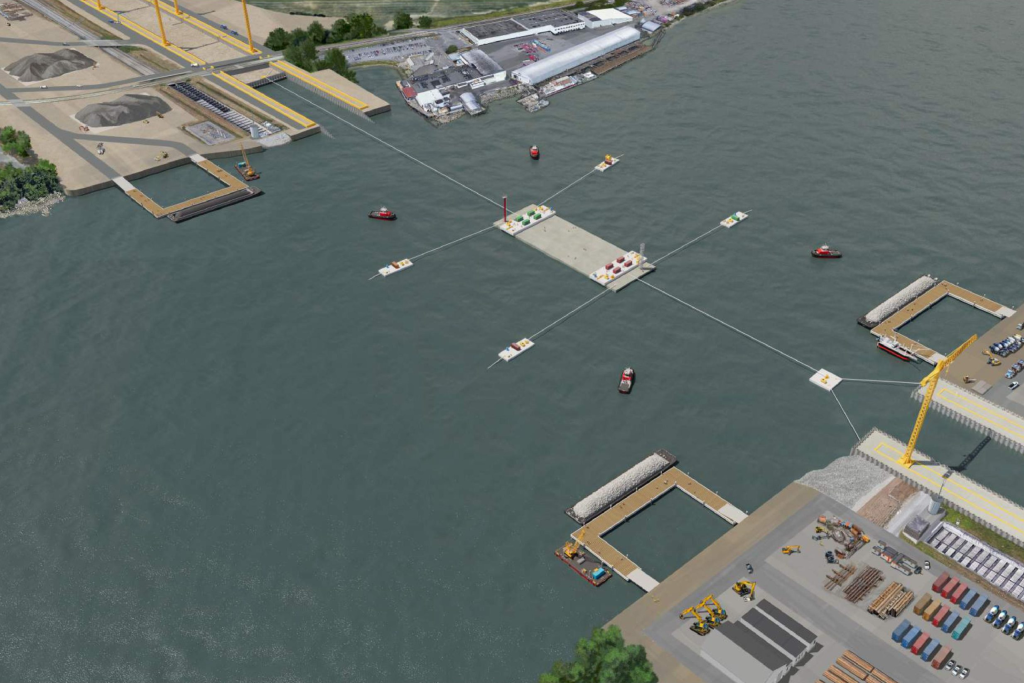
Step Three
Cables that span the river will secure the tunnel elements before they are carefully lowered into place. This process is called immersion.
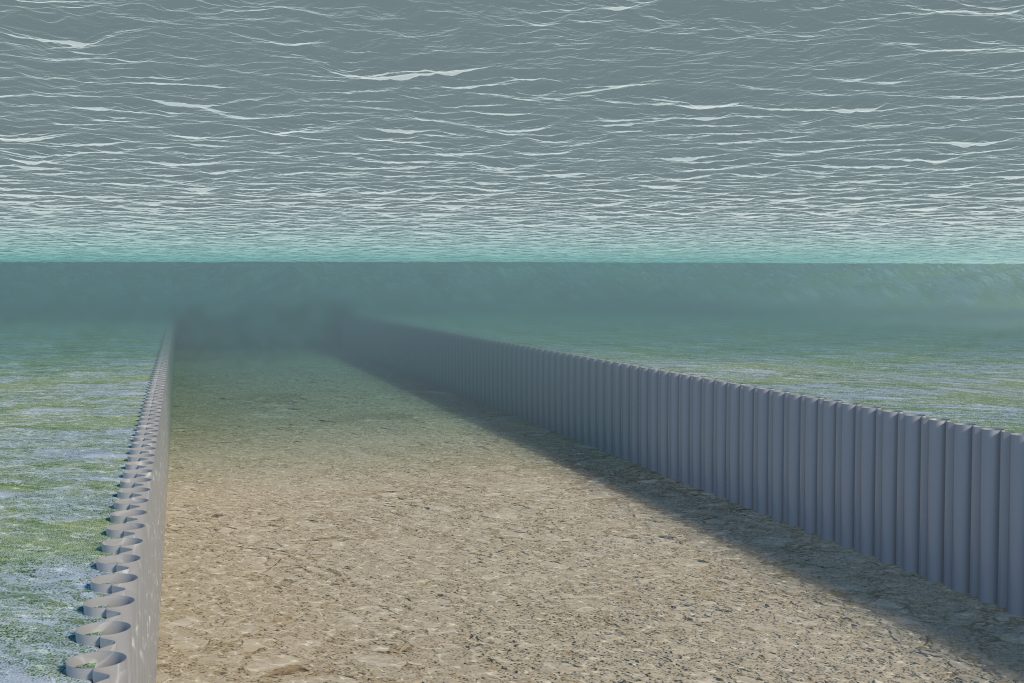
Step Four
While the tunnel elements are built, a machine dredges a trench at the bottom of the river. The trench is then prepared for an element to be lowered into place.
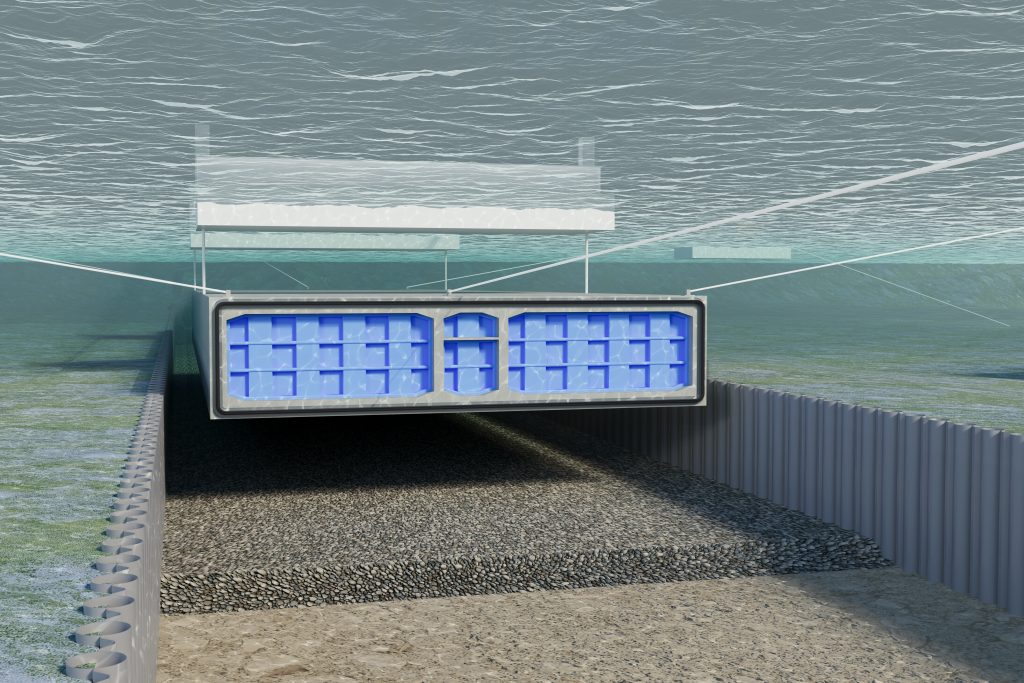
Step Five
Special tanks within the tunnel elements are filled with water to help lower the tunnel into position.
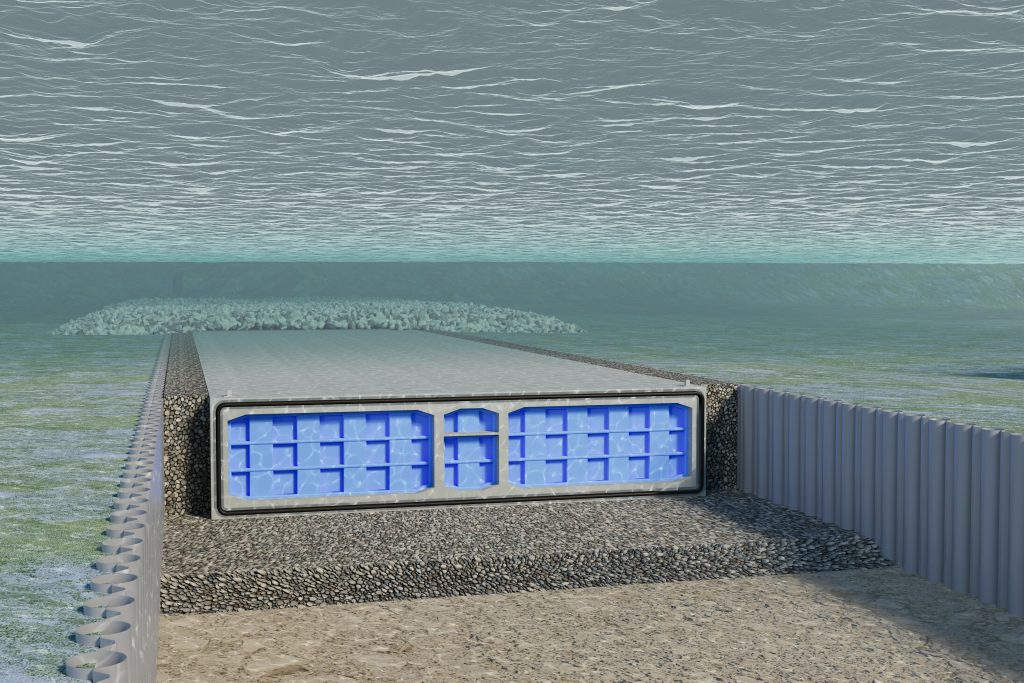
Step Six
Once the tunnel element is in place, gravel is added to the sides to secure it.
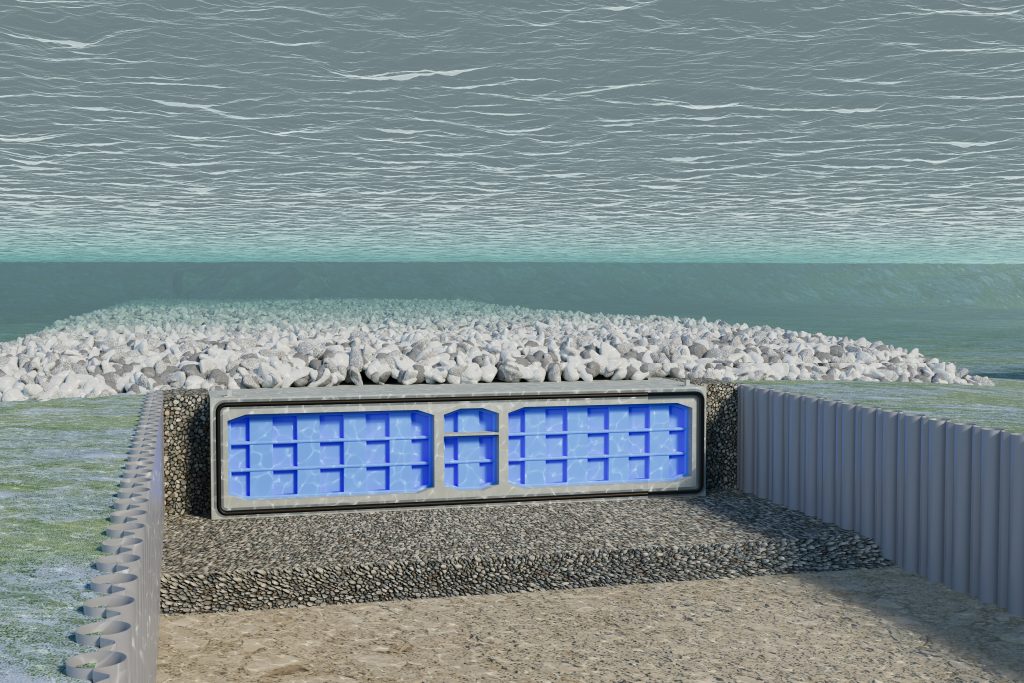
Step Seven
Large boulders are placed on top of the tunnel elements to protect them in the future. The immersion process is repeated six times to lower each element.
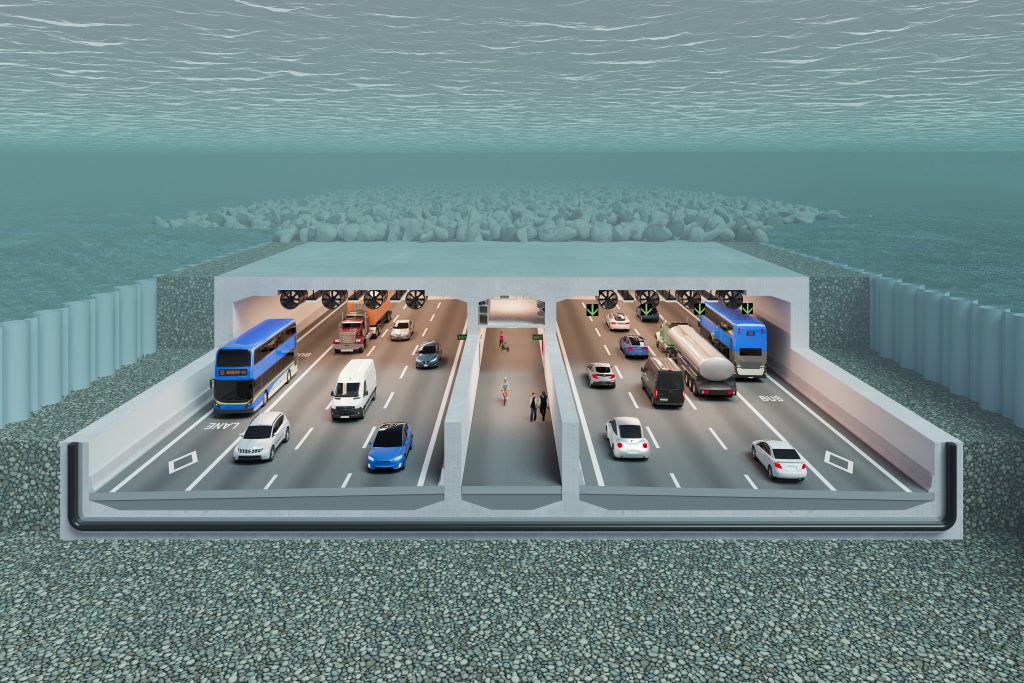
Step Eight
Once completed the new tunnel will improve traffic flow and access for emergency vehicles. Dedicated bus lanes will make transit trips faster and more reliable. The tunnel will also include the option to walk or cycle at this crossing for the first time.


